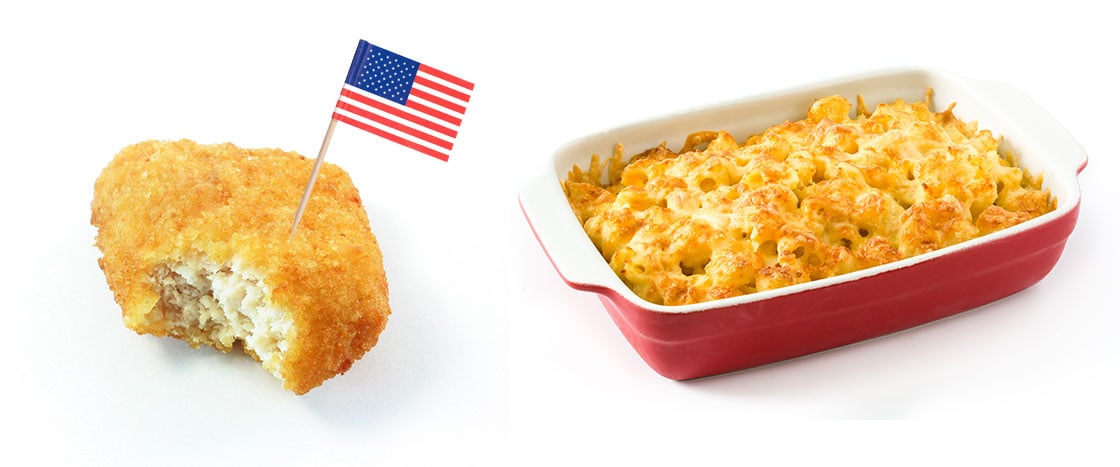Hamburgers were under attack!
For years, Americans had been in love with burgers. And few companies sold more burgers than McDonald’s. But in 1977, the U.S. government warned Americans that eating too many beef burgers was unhealthy. Eat chicken instead, experts said.
Chicken?!
McDonald’s leaders panicked.
The company had grown rich by offering tasty fast-food burgers at a bargain price. How could they make Americans fall in love with chicken the way they had with burgers?
The answer—the chicken nugget—would change fast-food history.
Hamburgers were under attack!
For years, Americans had loved burgers. And few companies sold more burgers than McDonald’s. But in 1977, the U.S. government warned Americans that eating too many beef burgers was unhealthy. Eat chicken instead, experts said.
Chicken?
McDonald’s leaders panicked.
The company had grown rich by selling tasty fast-food burgers at a low price. How could they make Americans love chicken the way they loved burgers?
The answer was the chicken nugget—and it would change fast-food history.


